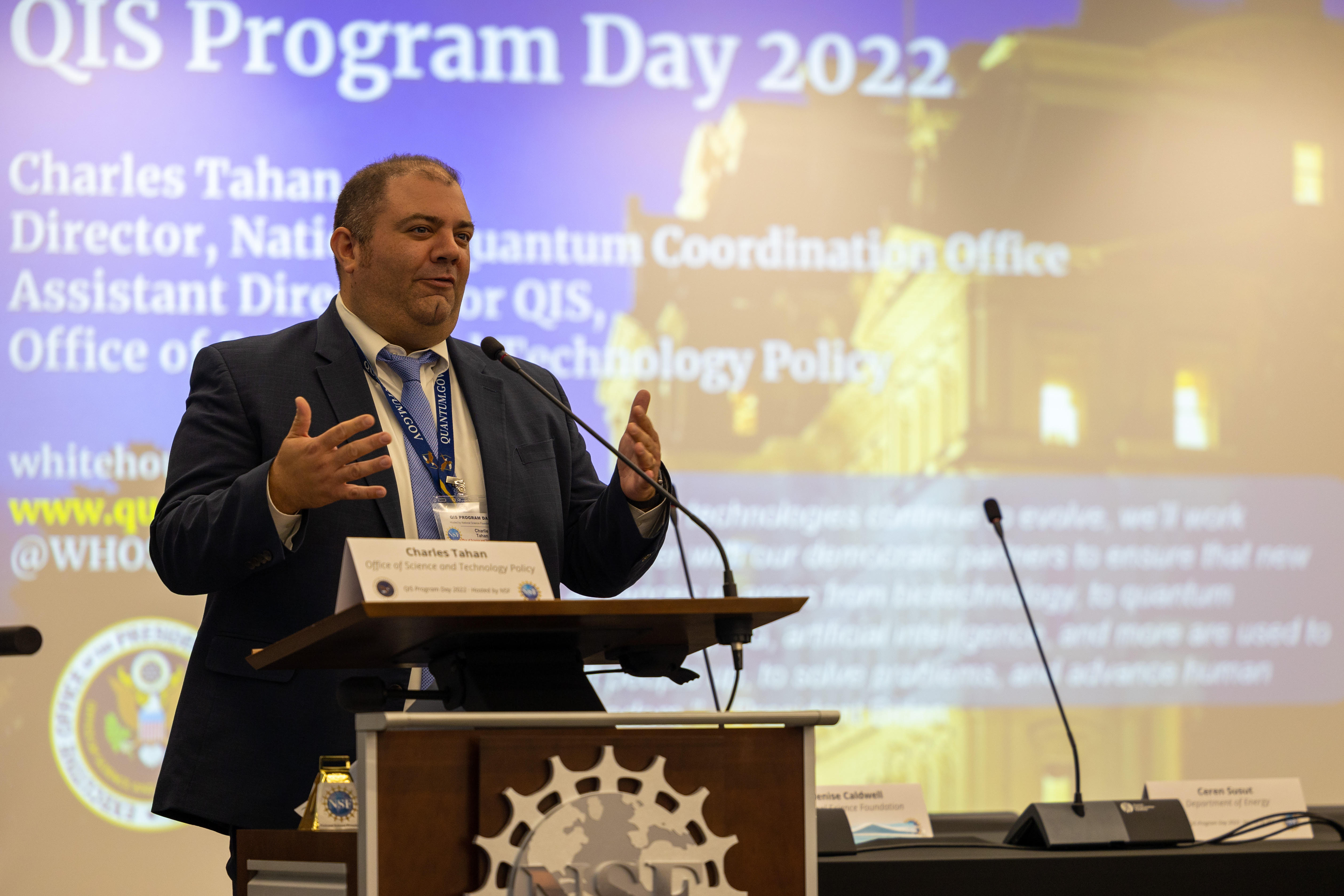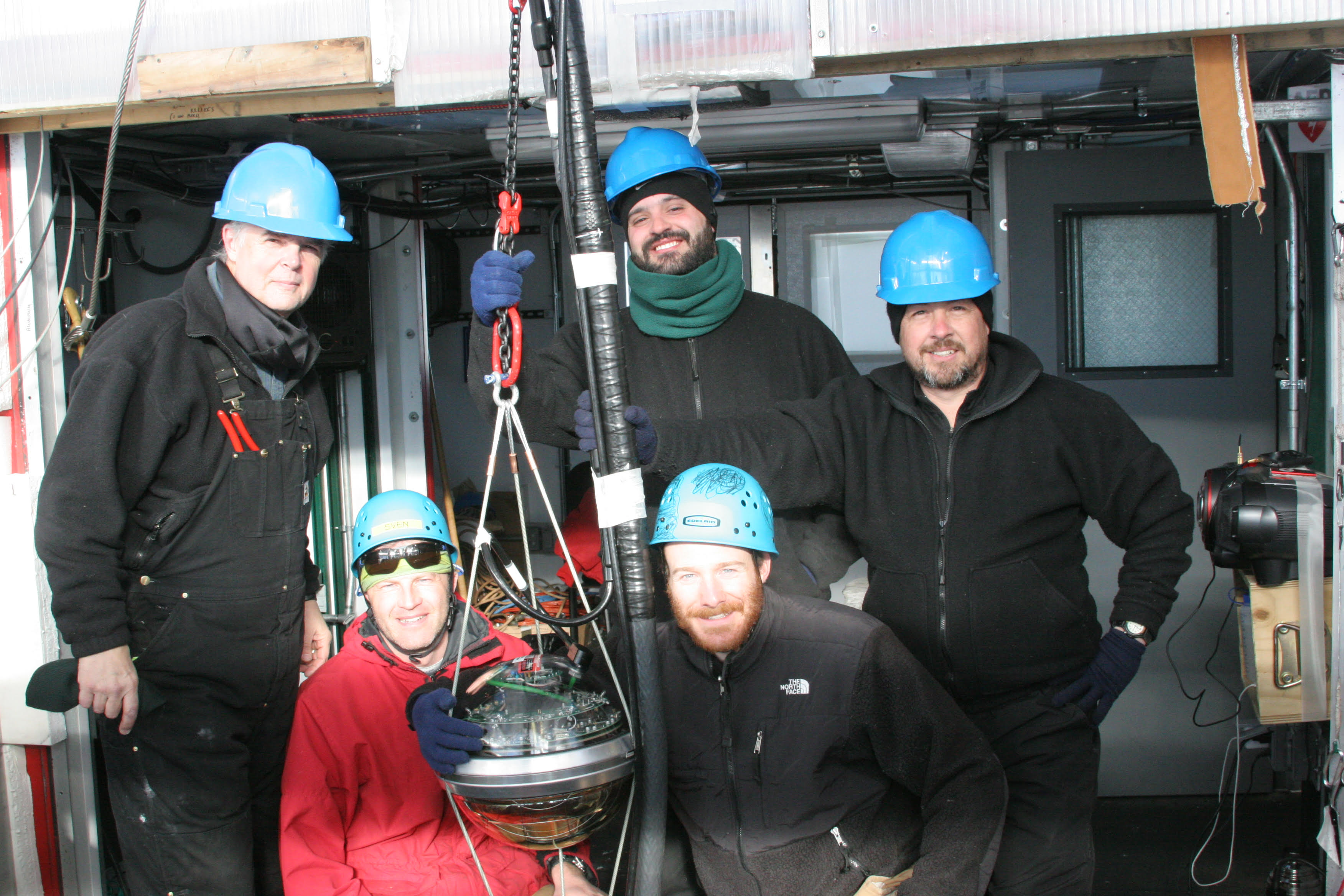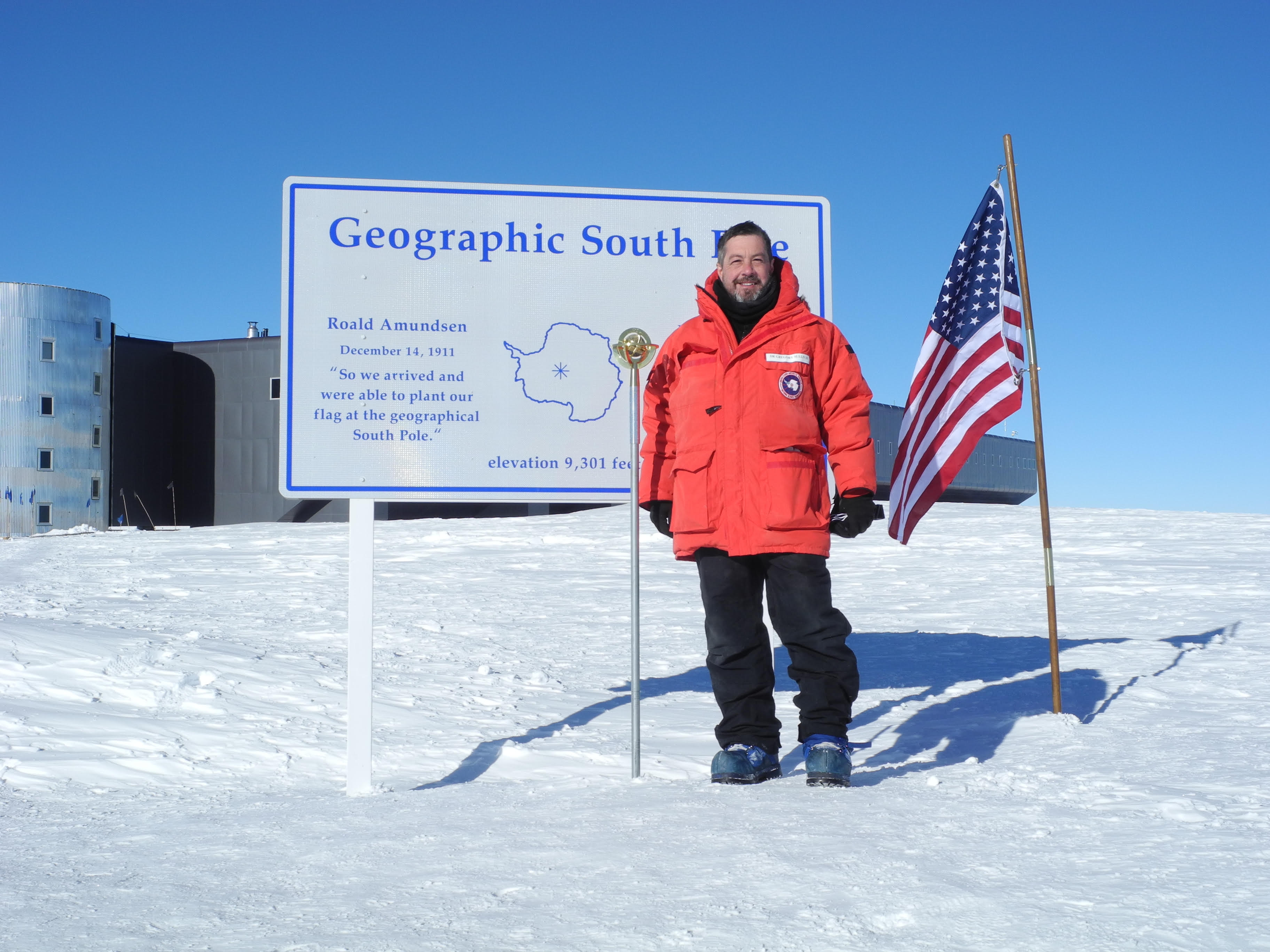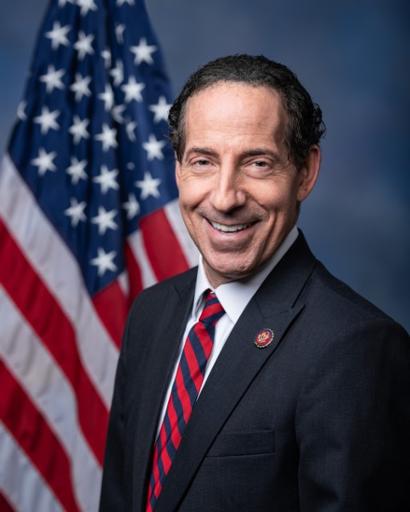Ana Maria Rey to Speak at Graduate Commencement Ceremony
- Details
- Published: Wednesday, April 17 2024 01:00
For Ana Maria Rey (Ph.D. ’04, physics), the path to a highly successful career as a theoretical physicist and researcher began more than three decades ago in her home country of Colombia, with an inspiring high school physics teacher, the brilliance of Isaac Newton and her own boundless curiosity.
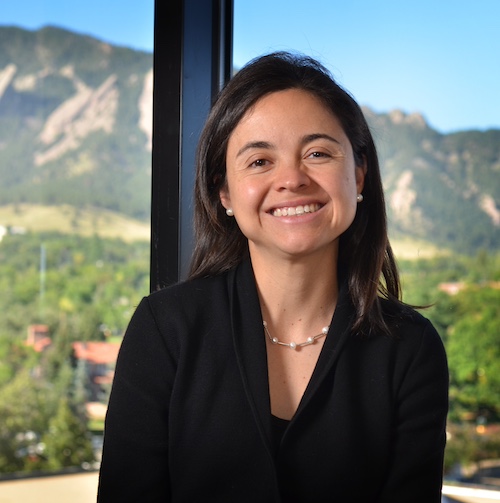 Ana Maria Rey. Courtesy of same. Ana Maria Rey. Photo courtesy of same. Click image to download hi-res version.
Ana Maria Rey. Courtesy of same. Ana Maria Rey. Photo courtesy of same. Click image to download hi-res version. I had a physics teacher in high school, and he was amazing, he taught me about Newton’s laws of motion,” Rey recalled. “I was so excited that I could write an equation and predict the behavior of objects that I kept asking him to give me books so I could keep working and solve more problems because it was all so interesting to me.”
A few years later, after Rey earned her bachelor’s degree in physics in Colombia and began her Ph.D. in physics at the University of Maryland, her future as a scientist began to come into sharper focus. Thanks to a game-changing connection with Distinguished University Professor of Physics and Nobel laureate William Phillips, Rey charted a course toward breakthrough research in atomic and molecular physics and laid the groundwork for a fruitful collaboration with the National Institute of Standards and Technology (NIST), one that is still going strong today.
“For me, NIST and the University of Maryland are just blended. I can’t separate them because they’re so connected,” Rey explained. “UMD gave me a strong foundation, all my research experience, the collaboration experience, everything I learned about how I should talk to experimentalists was thanks to the University of Maryland/NIST partnership. My research was going on at NIST but this only could happen because I was at UMD, so I think when I decided to go to the University of Maryland it was one of the best decisions I have ever made.”
Currently an adjunct professor at the University of Colorado Boulder, Rey has been a NIST Fellow since 2017 and a Fellow of JILA, the joint physics institute of CU Boulder and NIST, since 2012. She has earned a host of prestigious awards including a MacArthur Fellowship and the 2014 Presidential Early Career Award for Scientists and Engineers. In 2019, Rey became the first Hispanic woman to win the Blavatnik National Award for Young Scientists, and in 2023 she was elected to the National Academy of Sciences, one of the highest professional honors for a scientist.
A big, big honor
In May 2024, nearly 20 years after earning her Ph.D., Rey will return to Maryland—a place that is still very close to her heart—to deliver the keynote speech at the Graduate Commencement Ceremony for UMD’s College of Computer, Mathematical, and Natural Sciences. She’s honored and humbled by the invitation.
“It’s a big, big honor. For me it was really special to feel that a university that has been so important in my career, to determining who I am, has asked me to give a speech like this,” Rey said. “I feel like inspiring students is one of my biggest roles and that’s why I find so touching the possibility to give the commencement speech because maybe this is a way I can tell them how I feel and try to encourage them to make the most of their future.”
A Nobel Prize-winning inspiration
When Rey began her graduate work at UMD she planned to pursue research in plasma physics—that is, until she attended an inspiring lecture by Phillips about his pioneering work with atoms and lasers.
“I heard Bill’s talk about how he was cooling atoms with light, and I found it fascinating. He was fantastic. I approached my plasma physics advisor Adil Hasam afterward and I told him, ‘I feel that this is the direction that I want to pursue’ and he was totally supportive,” Rey recalled. “He encouraged me to reach out to Charles Clark, who at that time was the chief of the electron optical physics division at NIST and that is what I did. Charles was very welcoming and told me that I could start working on ultra-cold atoms trapped in periodic potentials using lasers. That is how my Ph.D. adventure started.”
From then on, Rey’s research efforts really took off. At UMD and NIST and later at JILA, her work has focused on atomic, molecular and optical physics as well as condensed matter physics and quantum information science, setting the stage for one of her proudest achievements—her contribution to the most accurate atomic clock ever created.
“My goal is to try to understand the deepest secrets of the universe and try to use them for something useful,” Rey explained. “Understanding the collisions with these atoms has allowed us to create a clock that is really one of the best timekeepers that we have ever been able to construct, and we can now predict that they offer many other, unique possibilities.”
“You need to be excited”
A leading researcher in the Quantum Systems Accelerator, Rey has published more than 200 papers. And, after more than two decades of research, she’s still as motivated and excited about her work as she was the day it all began.
“As a scientist, you have to work a lot to make progress, so you absolutely need to be excited,” Rey explained. “I love it. Every day I’m surrounded by so many exciting experiments and so many things that I need to learn and understand. And every time that I learn something new, it really makes my day.”
Rey hopes she can share that excitement when she speaks to students and their families at the CMNS Graduate Commencement Ceremony in May. Her goal is to inspire the next generation of scientists to create success stories of their own.
“I would like to serve as a role model the way others have done for me,” Rey said. “If I am able to inspire new generations to become physicists, to advance science and do better, that’s one of my great ambitions, and it would be a great honor to feel that I’m doing that. So, my message to them is you have now in your hands the possibility to make a change in the world, so use all the knowledge that you’ve acquired to make that happen.“
